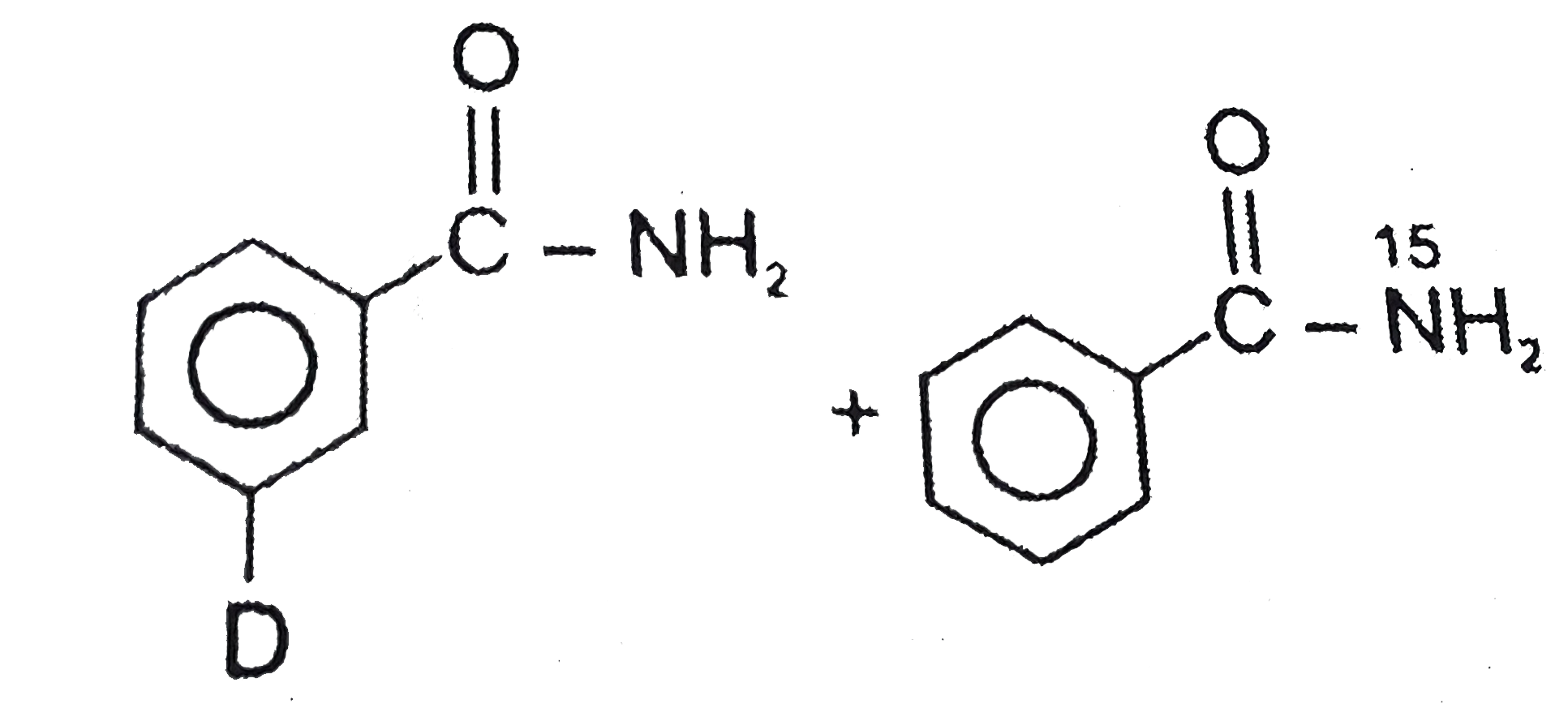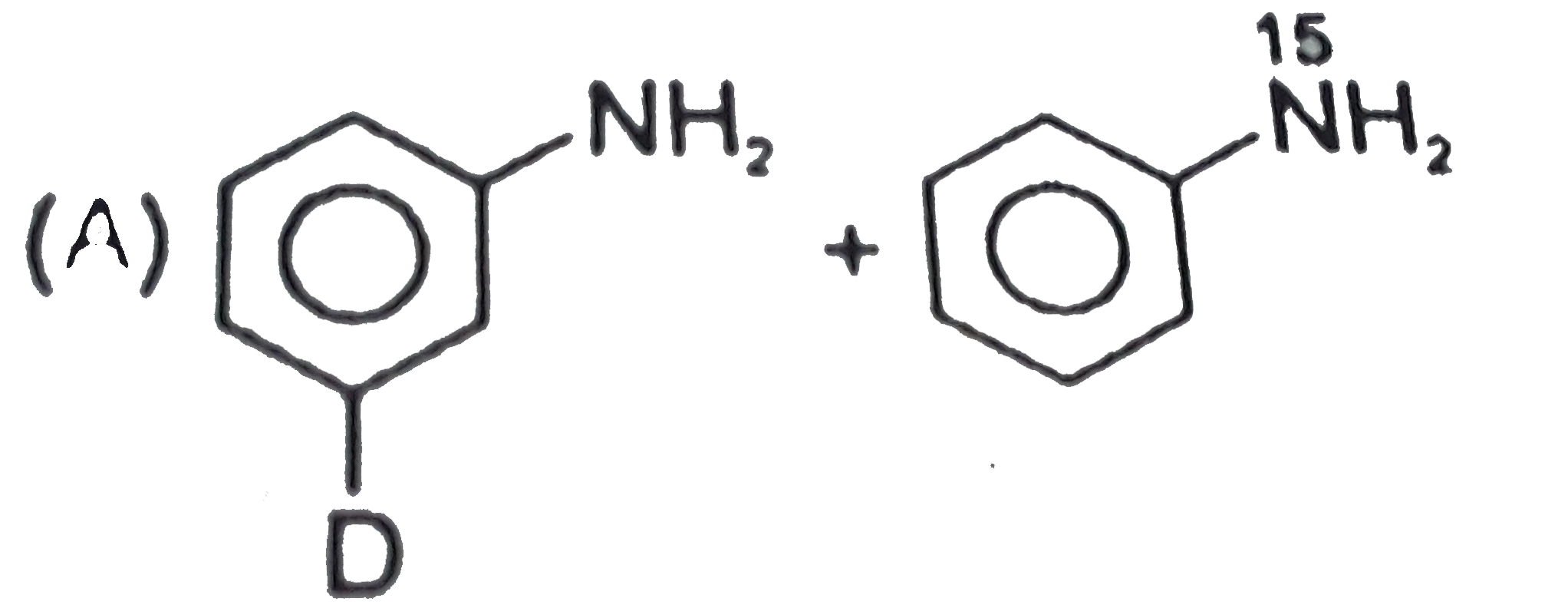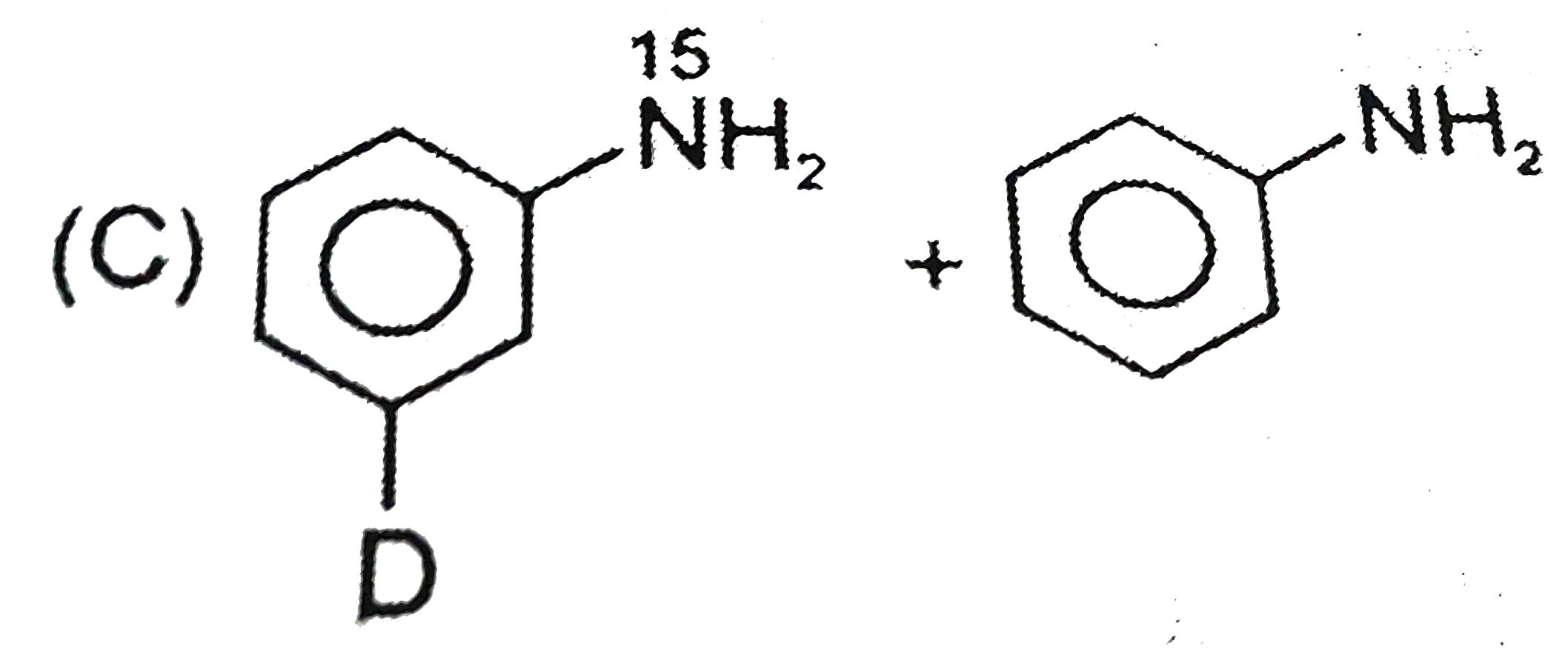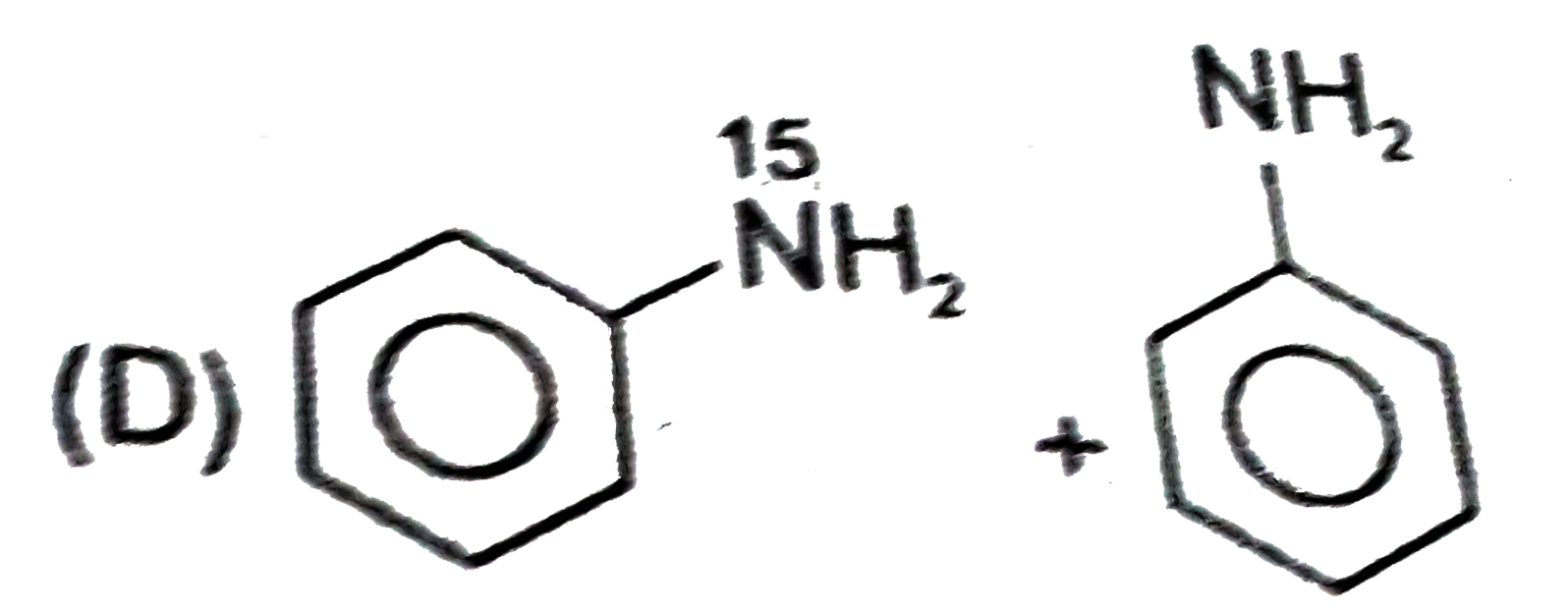2-Methylpropane on monochlorination under photochemical conditions give
2-chloro-2-methylpropane as major product
(1:1) mixture of 1-chloro-2-methylpropane and 2-chloro-2-methylpropane
1-chloro-2-methylpropane as a major product
(1:9) mixture of 1-chloro-2-methylpropane and 2-chloro-2-methylpropane
The correct Answer is:C
To solve the problem of what 2-methylpropane gives upon monochlorination under photochemical conditions, we can follow these steps:
Step 1: Understand the structure of 2-methylpropane
2-methylpropane, also known as neopentane, has the following structure:
CH3|CH3−C−CH3|CH3
Step 2: Identify the type of reaction
Monochlorination is a substitution reaction where one hydrogen atom in the alkane is replaced by a chlorine atom. This reaction typically occurs under photochemical conditions, which means it requires light to initiate the reaction.
Step 3: Determine the possible sites for chlorination
In 2-methylpropane, there are two types of hydrogen atoms:
- Primary hydrogens (attached to the terminal carbon atoms)
- Secondary hydrogens (attached to the central carbon atom)
The structure indicates that there are:
- 9 primary hydrogens (3 from each of the three terminal CH3 groups)
- 6 secondary hydrogens (from the central carbon)
Step 4: Predict the products of monochlorination
When monochlorination occurs, chlorine can replace either a primary or secondary hydrogen. The possible products are:
1. Chloro-2-methylpropane (from replacing a secondary hydrogen)
2. 1-Chloro-2-methylpropane (from replacing a primary hydrogen)
Step 5: Consider the stability of the intermediates
The stability of the radical intermediates formed during chlorination is crucial:
- The secondary radical (formed by removing a secondary hydrogen) is more stable than the primary radical (formed by removing a primary hydrogen).
Thus, the major product will be the one formed from the more stable secondary radical.
Step 6: Write the final products
The major product of monochlorination of 2-methylpropane will be 2-chloro-2-methylpropane, while the minor product will be 1-chloro-2-methylpropane.
Final Answer:
Upon monochlorination of 2-methylpropane under photochemical conditions, the major product is 2-chloro-2-methylpropane, and the minor product is 1-chloro-2-methylpropane.
---
2-methylpropane, also known as neopentane, has the following structure:
Monochlorination is a substitution reaction where one hydrogen atom in the alkane is replaced by a chlorine atom. This reaction typically occurs under photochemical conditions, which means it requires light to initiate the reaction.
In 2-methylpropane, there are two types of hydrogen atoms:
- Primary hydrogens (attached to the terminal carbon atoms)
- Secondary hydrogens (attached to the central carbon atom)
- 9 primary hydrogens (3 from each of the three terminal CH3 groups)
- 6 secondary hydrogens (from the central carbon)
When monochlorination occurs, chlorine can replace either a primary or secondary hydrogen. The possible products are:
1. Chloro-2-methylpropane (from replacing a secondary hydrogen)
2. 1-Chloro-2-methylpropane (from replacing a primary hydrogen)
The stability of the radical intermediates formed during chlorination is crucial:
- The secondary radical (formed by removing a secondary hydrogen) is more stable than the primary radical (formed by removing a primary hydrogen).
The major product of monochlorination of 2-methylpropane will be 2-chloro-2-methylpropane, while the minor product will be 1-chloro-2-methylpropane.
Upon monochlorination of 2-methylpropane under photochemical conditions, the major product is 2-chloro-2-methylpropane, and the minor product is 1-chloro-2-methylpropane.
Similar Questions
Propane reacts with chlorine in sunlight to give two products. 1-chloropropane is obtained in 44% yield and 2-chloropropane is obtained in 44 % yield and 2- chloropropane is obtained in 56% yield of the total product. 2-Methylpropane reacts with chlorine under same conditions to produce 1-chloro-2-methylpropane 66% and 2-chloro-2- methylpropane 33% .Wht will be the percent yield (X) of the major product obtained when 1,3,5,-trimethylcyclohexane is treated with Cl2 in similar conditipons?
View SolutionGive an example of photochemical reaction.
View Solution
Knowledge Check
- Question 1 - Select One
2-Methylpropane on monochlorination under photochemical condition give
A2-chloro-2-methylpropane as major productB(1:1) mixture of 1-chloro-2-methylpropane and 2-chloro-2-methylpropaneC1-chloro-2-methylpropane as a major productD(1:9) mixture of 1-chloro-2-methylpropane and 2-chloro-2-methylpropane - Question 2 - Select One
2- Methyl propane on monochlorination under phtochemical condition give :
A2-choro-2-Methylpropane as major productB(1:) mixture of 1- chloro-2-methypropane 2-chloro-2-mehtylprorpaneC1-chloro-2-methylpropaneD(1:9) mixture fo 1- chloro-2- methylpropane - Question 3 - Select One
 under Hofmann conditions will give:
under Hofmann conditions will give:
A B
B C
C D
D
2-Methylpropan-2-ol on oxidation under drastic condition gives _________ as the final product.
View Solution
under Hofmann conditions will give :View SolutionNatality under actual conditions is called
View SolutionAn LED operates under the condition of
View Solution
(D) on reaction with phenol under alkaline conditions gives :View Solution

